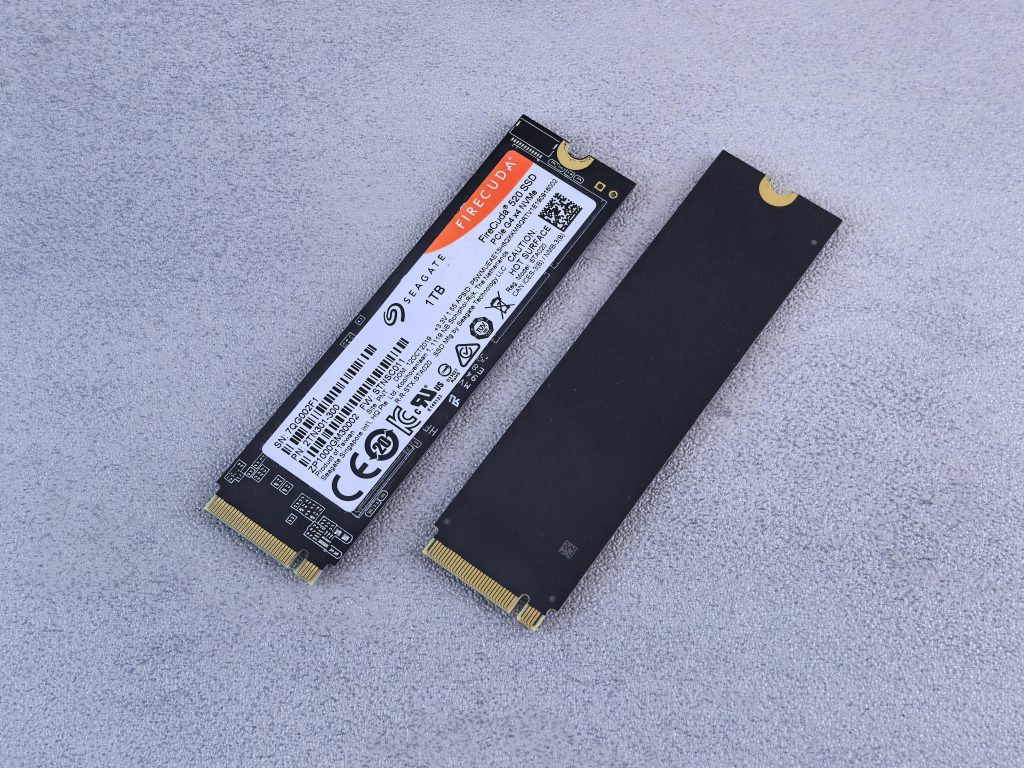Troubleshooting a Slow PC with Constant 100% Disk Usage: Effective Strategies to Improve Performance
If your computer is experiencing persistent slowness and your disk usage is constantly at 100%, it can be incredibly frustrating and hamper productivity. Such issues often manifest with prolonged load times—from starting up to opening applications—making everyday tasks cumbersome. Fortunately, this problem is common among Windows users, and there are several effective troubleshooting steps to diagnose and resolve it.
Understanding the Issue
A constant 100% disk usage typically indicates that your system’s disk is a bottleneck. This might be caused by background processes, system processes, or hardware issues. When the disk is fully utilized, it slows down data read/write operations, leading to overall sluggishness.
Step-by-Step Solutions
1. Identify Resource-Intensive Processes
Use the Task Manager to pinpoint which processes are consuming the most disk resources:
– Press Ctrl + Shift + Esc to open Task Manager.
– Navigate to the Processes tab.
– Click on the Disk column to sort processes by disk usage.
– End unnecessary tasks that are high on disk activity.
2. Disable Windows Search and Superfetch (SysMain)
Certain Windows services can cause high disk usage:
– Press Win + R, type services.msc, and press Enter.
– Locate Windows Search and Superfetch (SysMain).
– Right-click each, select Properties, set Startup type to Disabled, and stop the service.
3. Check for Malware or Viruses
Malicious software can cause abnormal disk activity:
– Run a full system scan with a reliable antivirus or anti-malware tool.
– Remove any detected threats and monitor disk usage afterward.
4. Optimize Virtual Memory Settings
Incorrect virtual memory settings can contribute to disk issues:
– Right-click This PC > Properties.
– Click Advanced system settings.
– Under the Advanced tab, click Settings in the Performance section.
– Go to Advanced > Change under Virtual Memory.
– Uncheck Automatically manage paging file size.
– Set a custom size (e.g., initial and maximum size to 1.5 times your RAM).
5. Perform Disk Check and Optimization
Disk errors can impair performance:
– Open File Explorer.
– Right-click your system drive (usually C:) and select Properties.
– Navigate
Share this content:


